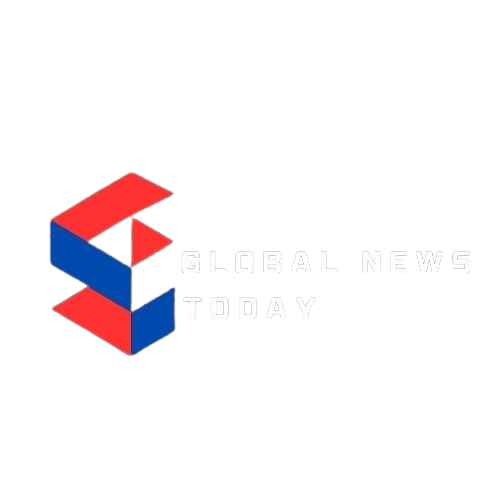The head of NATO urged Canada to meet the alliance’s defence spending target while visiting the nation’s capital Wednesday, suggesting the billions of dollars in new investments — while notable — are not enough.
NATO Secretary-General Jens Stoltenberg said Canada’s updated defence policy, which commits $8 billion over five years and projects the defence budget’s share of GDP to rise to 1.76 per cent by then, is “important” for strengthening NATO and ensuring its collective security.
“At the same time, I continue to expect that all allies should meet the guideline of spending two per cent (of GDP on defence),” he said.
Speaking at an event at the NATO Association in Ottawa, Stoltenberg said he knows it’s not easy for politicians to meet spending targets, but it’s important for all allies to increase spending right now given the dangerous global threat environment.
“I know that it’s always easier to spend money on health, education, infrastructure and many other important tasks than to invest more in defence,” he said, pointing to reductions in security investments during relative peacetime.
“But when we reduce defence spending when tensions are going down, we must also be able to increase spending, investments in security, when tensions are increasing and are as high as they are today.”

Stoltenberg has touted that 23 out of 32 NATO allies are set to meet or exceed the two per cent target this year, more than double the number in 2021.
He has credited Russia’s full-scale invasion of Ukraine in 2022 to that increase, as European allies confronted the heightened threat posed by Moscow.
He said Wednesday that Russia’s growing ties with China, Iran and North Korea, along with the ongoing conflict in the Middle East, have made the world a more dangerous place.
Stoltenberg visited Ottawa as part of a two-day swing through North America ahead of next month’s NATO Summit in Washington, where allies that have not yet met the two per cent target are expected to provide roadmaps on how and when they will get there.
Numbers released by NATO this week show Canada is expected to spend 1.37 per cent of its GDP on defence this year.
Defence Minister Bill Blair has repeatedly said he expects Canada to make additional investments beyond those outlined in the defence policy update that will get Canada to two per cent. However, he has not said when that might happen.
“I expect those allies that aren’t able to reach (two per cent) this year that they will put forward a plan for when they will be there, and I’m looking forward to having a plan from Canada,” Stoltenberg told reporters after the NATO Association event.
He said he would raise the issue of defence spending in conversations with Prime Minister Justin Trudeau later Wednesday, but stressed it would be one topic among many the two will discuss.

Treasury Board President Anita Anand, a former defence minister, told reporters Tuesday that getting Canada to that two per cent target requires a solid plan on how to use the money effectively. The investments that will get to 1.76 per cent have been properly allocated to specific procurements, she explained.
“It does not make rational sense to pile money into one department, unless they can effectively utilize that money,” she said while heading into a cabinet meeting in Ottawa.
“Why would we continue to fill those books with additional money, if that money can’t get out the door?”
Blair has mentioned the need for a new submarine fleet as one example of a future investment that could get Canada to two per cent. But the government has not yet undertaken the process to determine what kind of submarine to purchase or how many the military needs, so it was not included in the policy update.
Asked to explain to Canadians the need for meeting two per cent target, Stoltenberg said having a strong allied defence force is necessary to ensure hostile actors like Russia and China are effectively deterred.
“I understand that in Canada, you are in a position where you have the Atlantic Ocean, the Arctic in the north, the Pacific Ocean, and a good friend and ally in the United States in the south,” he said.
“But no nation is protected against threats in an age of global great power rivalry, in an age of ballistic missiles, strategic submarines, weaponization of space, of cyber threats, of terrorist threats. So this is also a challenge for Canada, and the best way to preserve peace is to stand together in NATO and invest as we have agreed.”
© 2024 Global News, a division of Corus Entertainment Inc.





